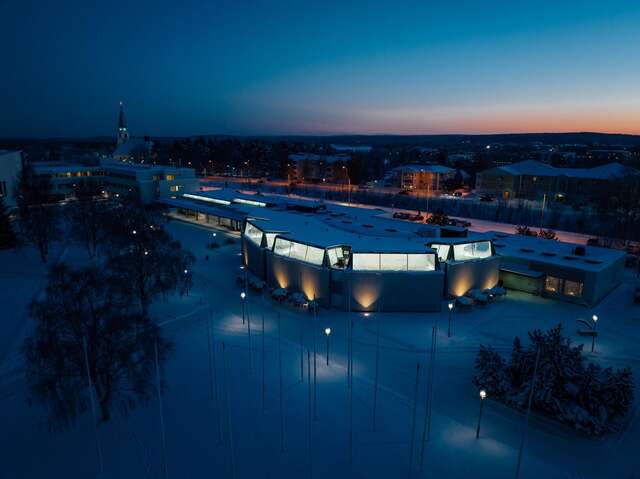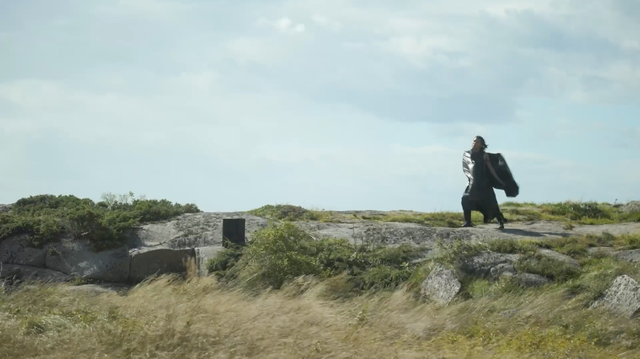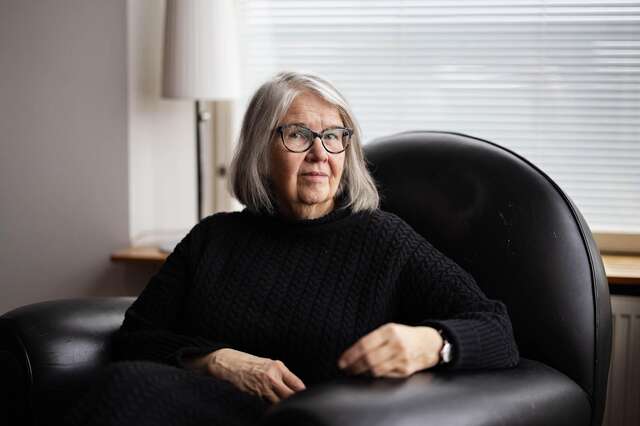The School of Exile: A new book on architect Timo Penttilä (1931–2011)
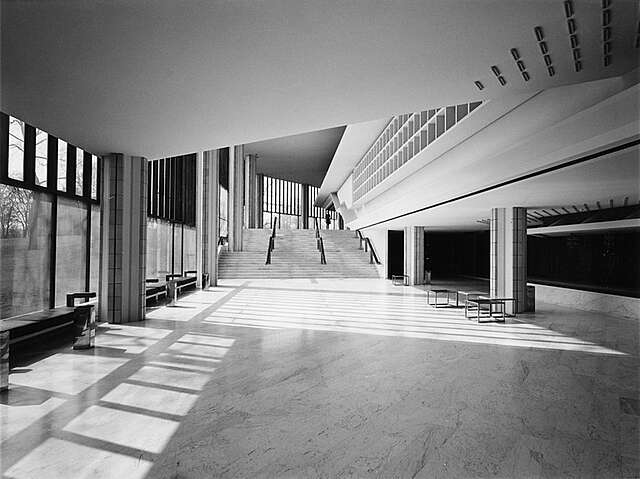
Kari Häkli
Finnish architect Timo Penttilä (1931–2011) is undoubtedly best known for the design of the Helsinki City Theatre (1960–67), a building which merges with the surrounding park landscape. A new book by Roger Connah, The School of Exile – Timo Penttilä for and against architecture theory, looks into Penttilä's intriguing career and his peculiar role in Finnish architecture.
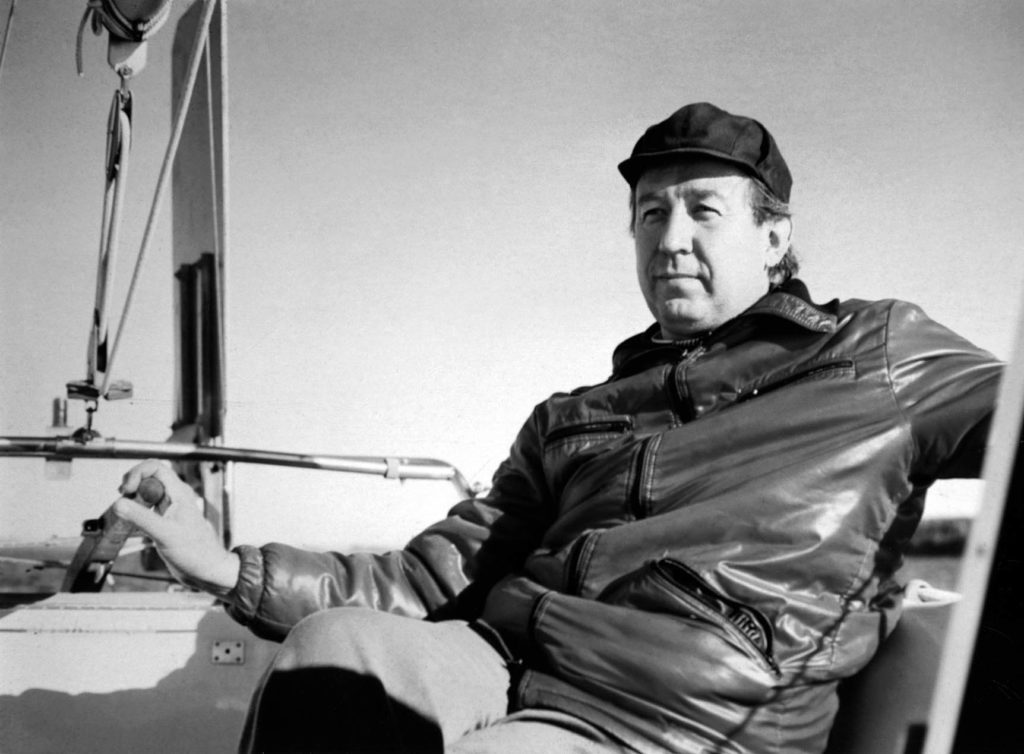
About Timo Penttilä
Along with figures such as Jørn Utzon and Louis Kahn, the critic Sigfried Giedion saw Penttilä as a member of the so-called "Third Generation" of modernism, who were interested in context and tradition. But with the rise of 60s leftist radicalism, Penttilä – as too Alvar Aalto – found himself depicted as an idiosyncratic modernist, disconnected from the political issues of the age. Penttilä, however, refused to be marginalised and entered fully in the debate in Finland about architecture. He became known for his outspoken views; speaking out against drab functionalism, over-cautious conservationism and urban planning regulations, as well as the pretensions of architectural theory.
Penttilä’s passion for the autonomy of architecture was also marked by his willingness to enter numerous architectural competitions, both in Finland and abroad, and with some degree of success. Though still able to implement a number of significant buildings in Finland – notably the Hanasaari and Salmisaari power stations in Helsinki – he never became a prolific architect, and completed during his career a total of under 30 buildings. Somewhat disillusioned with the state of affairs in Finland, in 1980 he accepted the invitation to take up professorship of the so-called Meisterschulen in architecture at the Academy of Fine Arts Vienna in Austria, a post he held until his retirement in 1998.
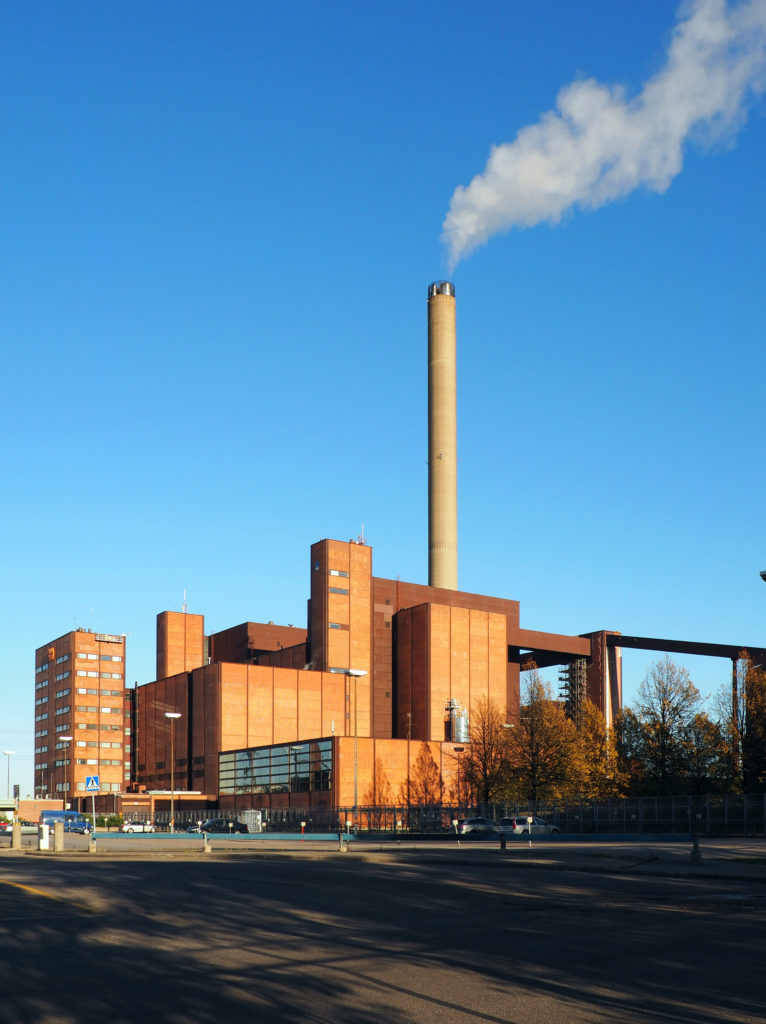
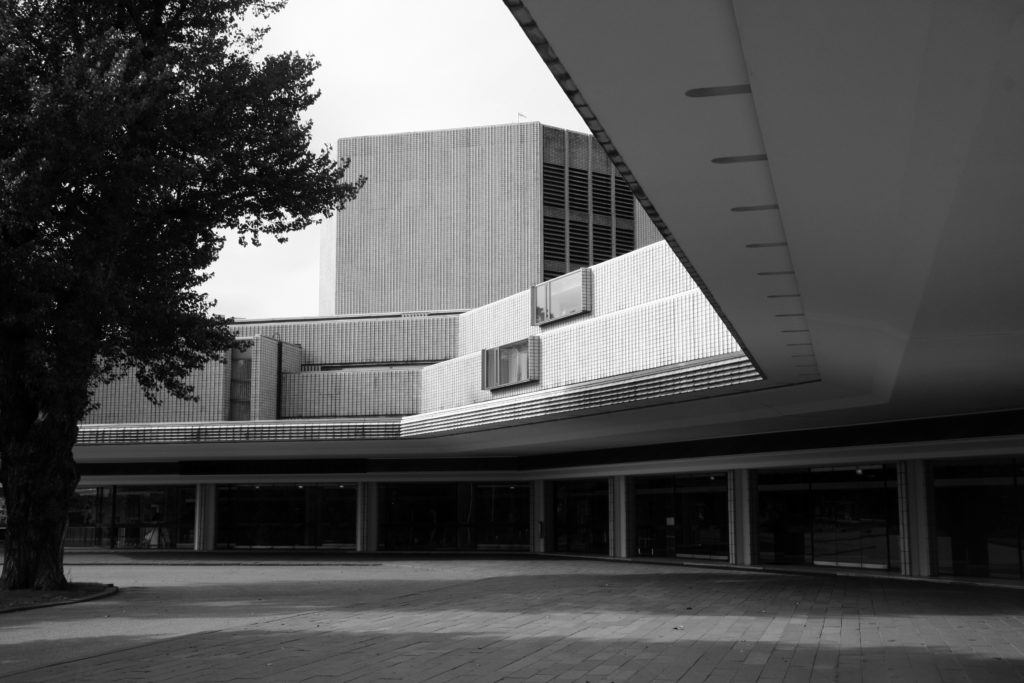
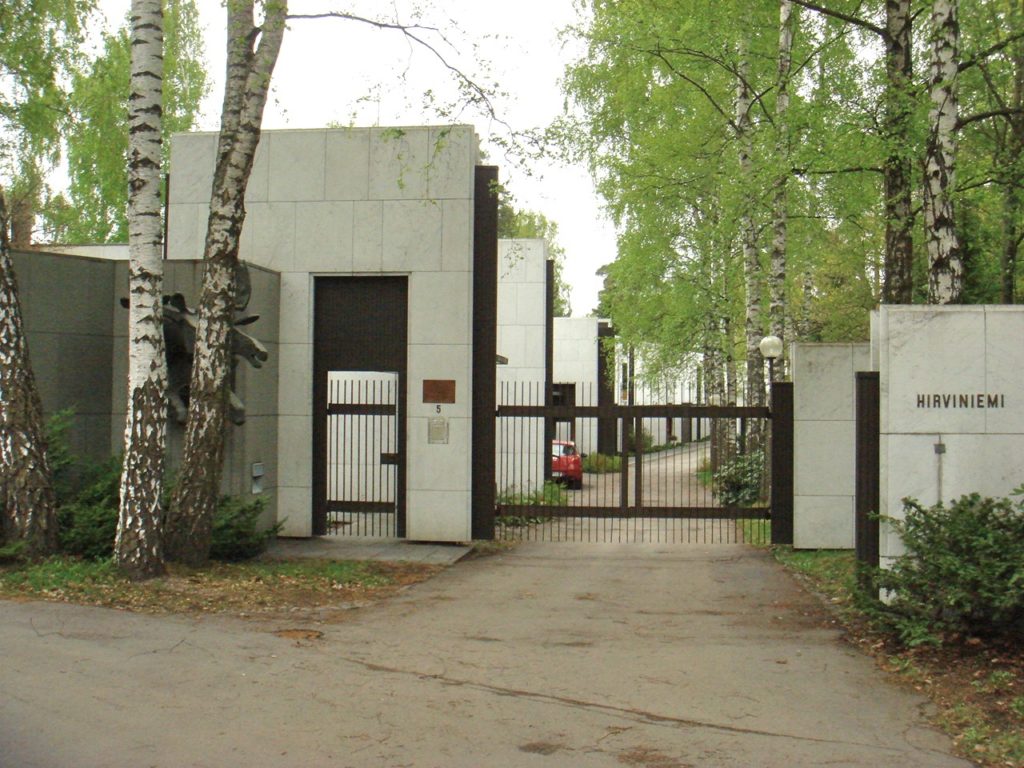
Architecture against theory
In 1996 British academic and author Roger Connah visited Penttilä at his secondary home in Sinalunga in Tuscany. Connah filmed and recorded their discussions on "architecture against theory". Before leaving, he promised to help the architect on an immense manuscript, titled Summum templum architecturae, a critical history of 2000 years of western architecture theory. There followed further correspondence, which culminated with Penttilä sending Connah a series of floppy disks with a 600+ page manuscript written in English.
Some time later, however, Penttilä stated that he no longer wanted to continue with the book – preferring to work on a new Finnish version, eventually published posthumously in 2013 as Oikeat ja väärät arkkitehdit: 2000 vuotta arkkitehtuuriteoriaa [Right and Wrong Architects: 2000 Years of Architecture Theory]. He asked Connah to destroy the Summum manuscript, and with the closure of his office similarly asked his former partners to destroy the entire Penttilä architecture archives. As the years passed, Connah thought the Summum manuscript had been lost following a flood at his home in Wales, along with the film stock and Penttilä’s letters. The School of Exile takes up the story in the middle of this enigma which was the Finnish architect Timo Penttilä.
In addition to texts by Roger Connah, The School of Exile includes excerpts from Penttilä’s manuscript Summum, the last interview Penttilä ever gave, interviews with two of Penttilä’s former assistants, Alfred Berger and Kari Lind, and texts by Antti Nousjoki, Jorma Mukala and Gareth Griffiths. Additionally, it includes a pictorial biography of Penttilä’s works, made individually or under the umbrella of his various working partnerships.
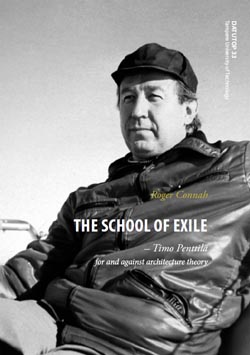
Roger Connah, The School of Exile – Timo Penttilä for and against architecture theory. Datutop 33, Tampere University of Technology, School of Architecture. First published June 2015, ISBN 978-952-15-3446-1.
